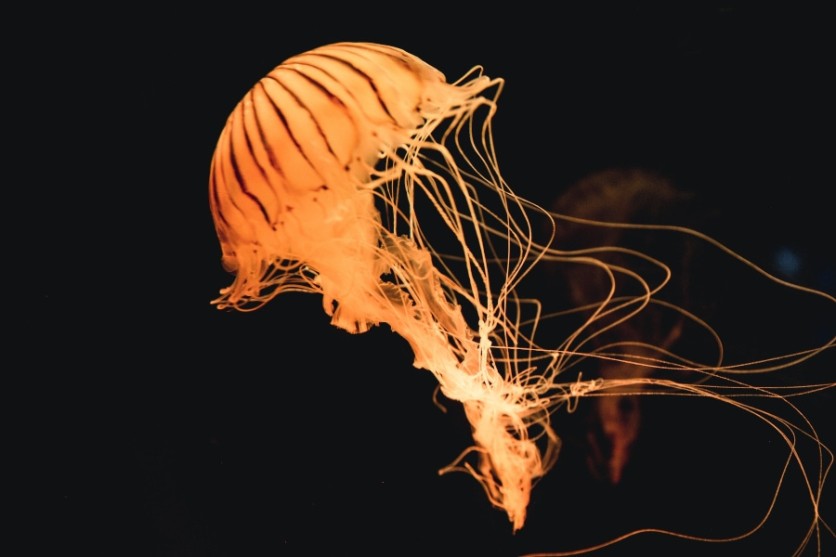
Jellyfish, often regarded as simple and primitive creatures, have astounded scientists by demonstrating the remarkable ability to learn from past experiences and change their behavior - all without a central brain.
IFLScience reports that a new study focused on a specific jellyfish species, Tripedalia cystophora, has shattered long-held assumptions about the limitations of creatures with rudimentary nervous systems.
The Jellyfish Brain Mystery
Traditionally, learning has been associated with animals possessing complex neural structures, such as vertebrates or insects.
However, this recent research, detailed in the journal Current Biology, reveals that jellyfish are more sophisticated than we ever imagined.
Jellyfish have an astonishingly basic nervous system consisting of only around 1,000 cells. These cells form a loose network called a nerve net, extending throughout their gelatinous bodies.
This network enables them to sense temperature, light, and physical touch changes. Until now, scientists believed that creatures with such rudimentary neural setups could only achieve the most basic forms of learning, such as habituation to environmental changes.
An Interesting Study
The study zeroed in on Caribbean box jellyfish. These jellyfish rely on hunting copepods near mangrove roots, a dangerous environment for these 'brainless creatures.'
To unravel the mystery of their survival, researchers conducted experiments using round tanks equipped with bars to simulate mangrove roots.
Initially, the jellyfish bumped into these "far away" stripes. However, over a 7.5-minute window, collisions dropped by a staggering 50 percent.
As the experiments continued, the jellyfish remarkably began to back away from the tank walls, eventually pivoting away from the obstacles.
This unexpected learning process challenges the notion that creatures with minimal nervous systems should continue to repeat mistakes.
The researchers found that the jellyfish utilize visual and mechanical stimuli to gauge distances to the roots and swim away at precisely the right moment.
Associative Learning Unveiled
Anders Garm, a neurobiologist involved in the study, explained, "Our experiments show that contrast, i.e., how dark the root is in relation to the water, is used by the jellyfish to assess distances to roots, which allows them to swim away at just the right moment."
"Even more interesting is that the relationship between distance and contrast changes on a daily basis due to rainwater, algae, and wave action," the expert notes.
Garm provided more interesting insights: "We can see that as each new day of hunting begins, box jellyfish learn from the current contrasts by combining visual impressions and sensations during evasive maneuvers that fail."
Garm also mentioned that even though they only have around a thousand nerve cells (compared to our brains, which have about 100 billion), they can link different experiences and grasp associations, which we call associative learning.
Surprisingly, they learn at a similar pace to more advanced animals like fruit flies and mice.
Stay posted here at Tech Times.
Related Article : Scientists Discover New Virus 8,900 Meters Under the Ocean

![Apple Watch Series 10 [GPS 42mm]](https://d.techtimes.com/en/full/453899/apple-watch-series-10-gps-42mm.jpg?w=184&h=103&f=9fb3c2ea2db928c663d1d2eadbcb3e52)



